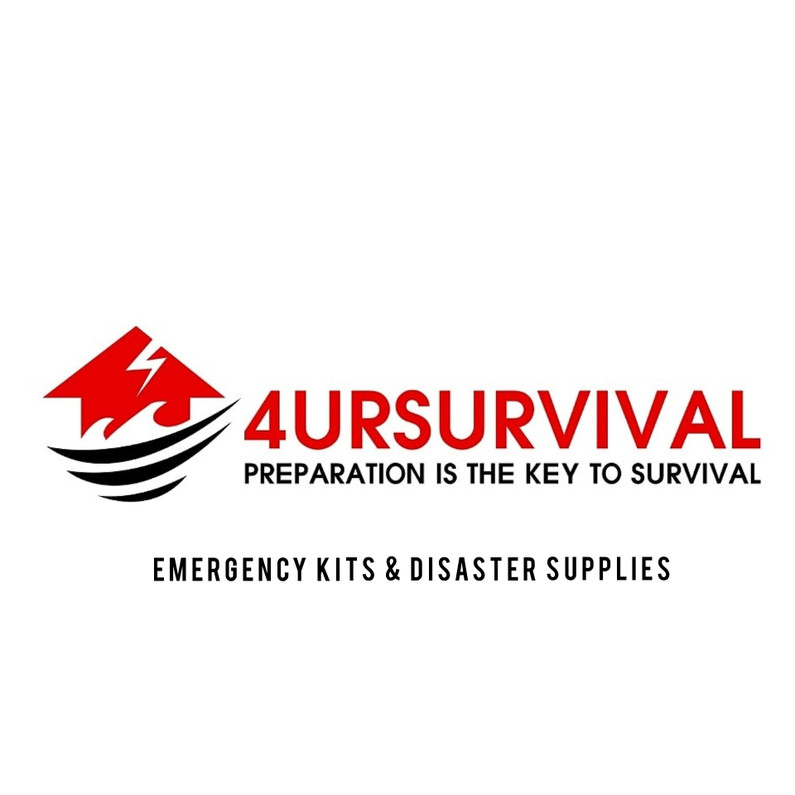CHOKING FIRST AID (INFANT, UP TO AGE 1 YEAR) Part 2
If your baby is not breathing, becomes unconscious, or is unresponsive, follow these guidelines if you are not alone:
- Have someone call 911 right away.
- Lay the baby on a firm, flat surface, such as a table, the floor, or the ground.
- Start infant CPR (cardiopulmonary resuscitation):
- Give 30 chest compressions. To do this, use 2 fingers to gently push down on the center of your baby’s chest, just below the nipple line. Push in about 1.5 inches (4 cm). Do this 30 times fast. It should take about 20 seconds.
- Tilt the baby’s head back and chin down. Check inside the mouth for an object. If you see it, carefully try to sweep it to the side. Be very careful to not push it further into the throat.
- Give 2 rescue breaths. To do this, gently lift the chin up with one hand and tilt the head back. Cover your baby’s mouth and nose with your mouth. Gently give 2 puffs of air into your baby’s mouth and nose. Each breath should take about 1 second. Watch to see if the baby’s chest rises.
- If the baby doesn’t start breathing, do another 30 chest compressions followed by 2 rescue breaths.
- Continue CPR ( repeat all of step 3) until emergency service arrives or your baby starts breathing.
If your baby is not breathing, becomes unconscious, or is unresponsive, follow these guidelines if you are alone:
- Lay the baby on a firm, flat surface such as a table or the floor or ground.
- Do CPR for 2 minutes (5 cycles):
- Give 30 chest compressions. To do this, use 2 fingers to gently push down on the center of your baby’s chest, just below the nipple line. Push in about 1.5 inches (4 cm). Do this 30 times fast. It should take about 20 seconds.
- Tilt the baby’s head back and chin down. Check inside the mouth for an object. If you see it, carefully try to sweep it to the side. Be very careful to not push it further into the throat.
- Give 2 rescue breaths. To do this, gently lift the chin up with one hand and tilt the head back. Cover your baby’s mouth and nose with your mouth. Gently give 2 puffs of air into your baby’s mouth and nose. Each breath should take about 1 second. Watch to see if the baby’s chest rises.
- If the baby doesn’t start breathing, do another 30 chest compressions followed by 2 rescue breaths.
- Call 911 after the 5th cycle.
- Continue CPR (repeat step 2) until emergency service arrives or your baby starts breathing.
If you are alone, not trained in CPR, and a phone is nearby, call 911.
PREVENTION
- Watch your child during meals. Children should sit down to eat. Cut food into small, bite-sized pieces.
- Check each room in the house every day for small objects like buttons, coins, and toy parts.
- Try to find the cause of the choking and avoid future problems.
- Choose large, sturdy toys that don’t have sharp edges or small, removable parts. Safe toys are those that won’t fit into a toilet tissue roll.
- Check toys often for loose or broken parts.
- Remove drawstrings from clothing. Avoid tying balloons, long strings, or ribbons near the crib.
FOLLOW-UP CARE
Follow up with your child’s healthcare provider, or as advised.
SPECIAL NOTE TO PARENTS
Anyone caring for an infant should learn infant or child CPR. Ask your child’s healthcare provider about CPR classes in your area.
CALL 911
Call 911 if any of these occur:
- Continued choking or trouble breathing
- Wheezing or any unusual breathing noises after a choking incident. An airway that is partially blocked can become completely blocked.
- Skin, lips, and nails look blue or dusky
- Child is not alert or is unresponsive
Choking First Aid (Infant, Up to Age 1 Year) | MHealth.org
Family Emergency Kits - www.4ursurvival.com
21st Dec 2020
Recent Posts
-
Hurricanes
Prepare for HurricanesKnow your Hurricane RiskHurricanes are not just a coastal problem. Find out ho …13th Sep 2021 -
Distress Signals
Distress Signals: What Distress Signals can you use?Help Flag - www.4ursurvival.comYou Will Need* A …30th Aug 2021 -
Get Ready for Disasters During National Preparedness Month
September is National Preparedness Month, the perfect time to get your household ready for an emerge …23rd Aug 2021


